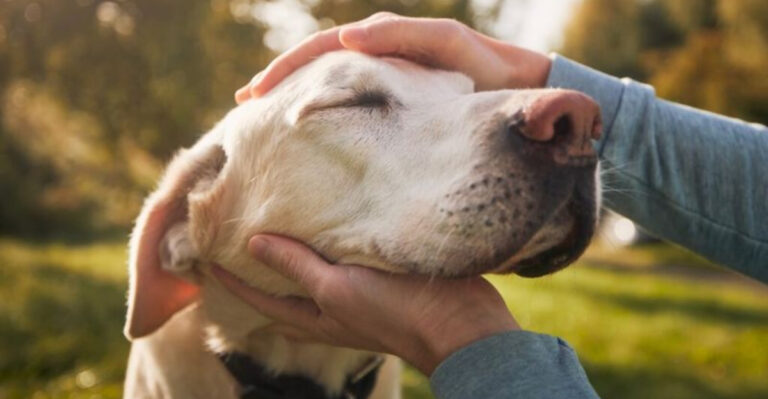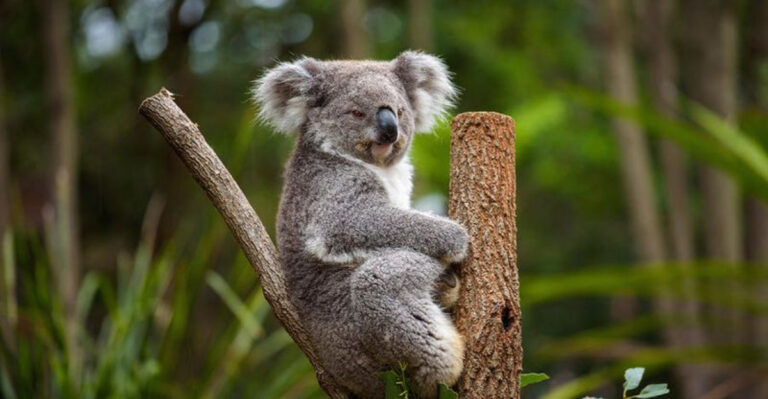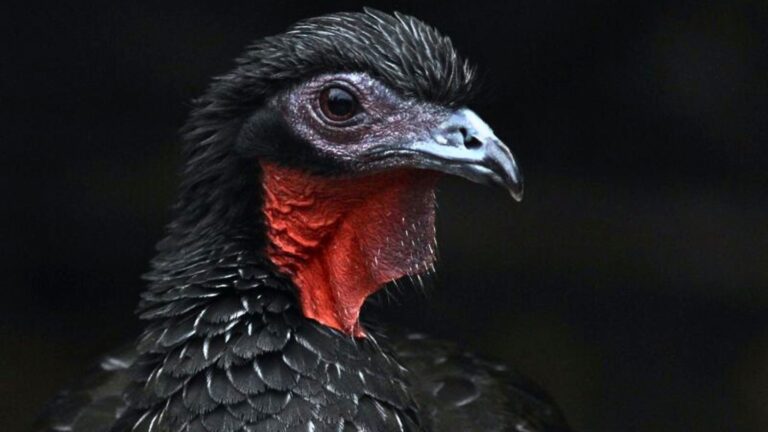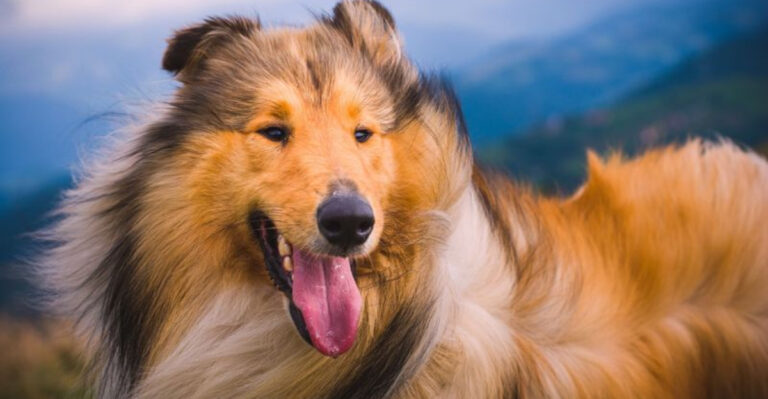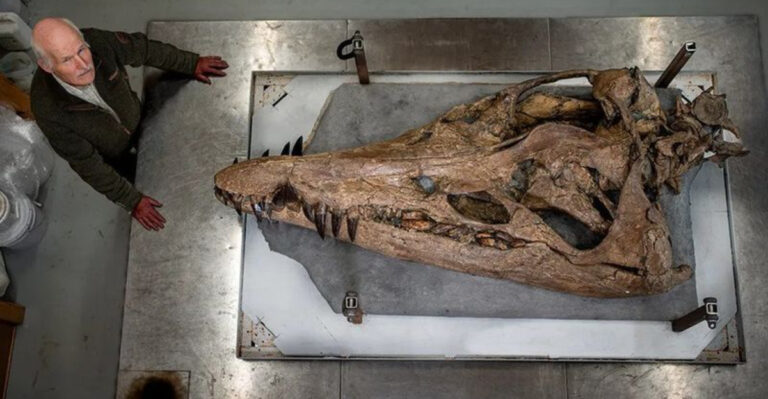8 Dog Breeds Millennials Avoid And 7 That Totally Lost Their Popularity
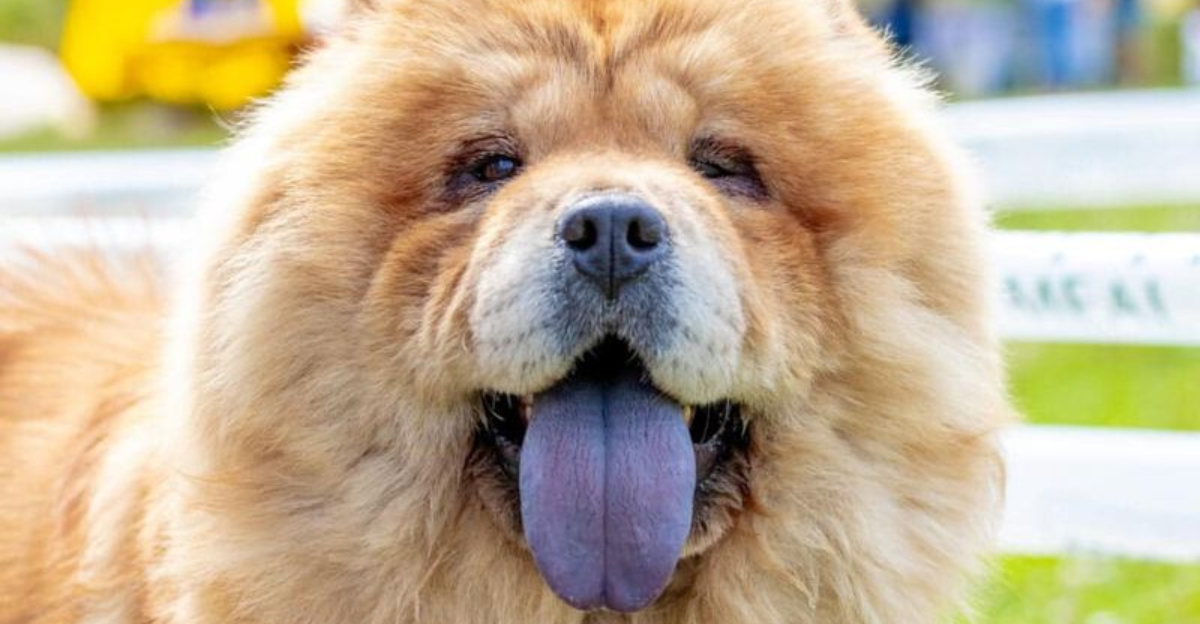
Remember when certain dog breeds were the talk of the town? Times have changed, and so have our furry preferences!
Some breeds that once ruled the neighborhood are now barely seen on your Instagram feed. Whether it’s because of changing lifestyles, maintenance concerns, or just shifting trends, millennials have clear favorites – and definite passes – when it comes to four-legged companions.
1. Shar-Peis: Too Much Maintenance

Those iconic wrinkles might look Instagram-worthy, but they’re actually high-maintenance skin folds requiring regular cleaning to prevent infections. Young adults balancing careers and social lives simply don’t have time for such intensive care routines.
Shar-Peis also tend toward stubbornness and can be standoffish with strangers—traits that clash with the social butterfly lifestyle of many millennials. Their potential health issues and specialized veterinary needs further discourage today’s practical pet parents.
2. Akitas: Too Much Dog For Small Spaces
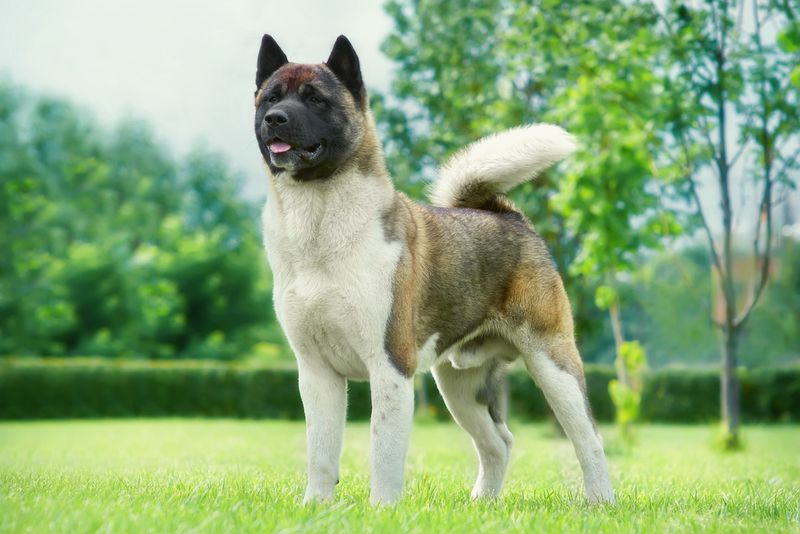
Powerful and protective, Akitas were bred as guard dogs in Japan. Their imposing size (up to 130 pounds!) makes them challenging for millennials living in apartments or small urban homes.
Beyond their space requirements, Akitas need consistent training from experienced handlers. They’re notoriously independent and can be aggressive toward other animals. For millennials juggling remote work meetings and cramped city living, these majestic but massive pups rarely make the shortlist.
3. Saint Bernards: Giants With Giant Needs

Famous for rescue missions in the Alps, Saint Bernards carry a less romantic reality: astronomical food bills and epic drool sessions. Their gentle temperament can’t overcome the practical challenges they present for young adults.
A full-grown Saint can weigh up to 180 pounds—heavier than many millennials themselves! Add their shorter lifespan (8-10 years) and propensity for expensive health issues like hip dysplasia, and it’s clear why these gentle giants rarely make the cut for budget-conscious young pet parents.
4. Afghan Hounds: High-Maintenance Hair Care

With flowing locks that would make any Instagram influencer jealous, Afghan Hounds demand beauty routines more intensive than most millennials maintain for themselves. Their silky coats require daily brushing and professional grooming sessions that quickly add up.
Beyond the beauty demands, these aristocratic dogs can be standoffish and challenging to train. For a generation that values experiences over possessions, spending weekends detangling dog hair rather than hiking or brunching simply doesn’t compute.
5. Bloodhounds: Slobber Machines

Those adorable droopy faces come with a messy reality: Bloodhounds are champion droolers. One shake of their massive head can redecorate an entire room—a nightmare for millennials in rental properties!
Their powerful tracking instinct makes them single-minded when they catch a scent, sometimes causing them to ignore commands completely. Add their loud baying that neighbors won’t appreciate and their penchant for digging, and it’s clear why these talented sniffers aren’t topping millennial wish lists.
6. Basset Hounds: Not Made For Busy Lifestyles
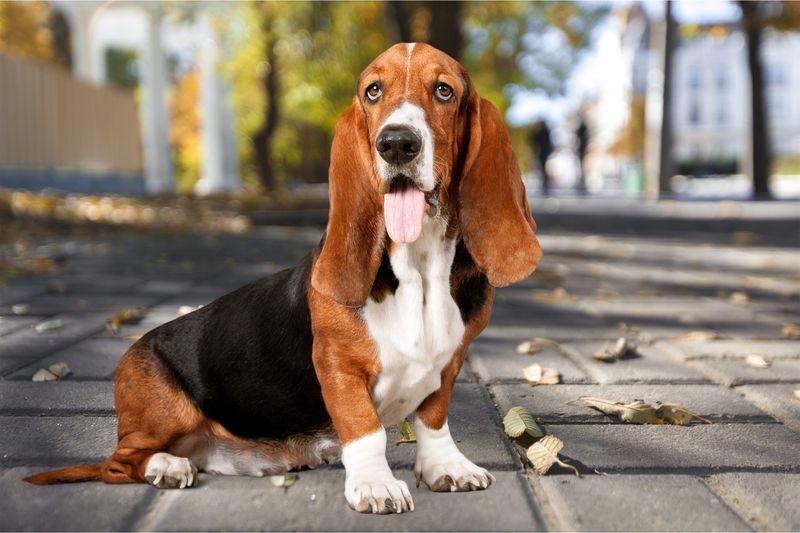
Those long ears and sad eyes might tug at heartstrings, but Basset Hounds come with challenges that make millennials pause. Their stubborn streak makes training a test of patience that busy young professionals often lack.
Despite their short legs, Bassets need surprising amounts of exercise to prevent obesity. Their distinctive howl can trigger noise complaints in thin-walled apartments. Add their tendency toward ear infections and skin problems, and these lovable but high-maintenance hounds often get passed over.
7. Chow Chows: The Fluffy But Fierce

Those adorable teddy-bear looks hide a stubborn streak that makes millennials think twice. Independent and aloof, Chow Chows require experienced owners who understand their territorial nature.
Many young pet parents seek more sociable companions that mesh with busy social lives and small apartments. Their intensive grooming needs and potential health issues also make these blue-tongued beauties less appealing to the avocado toast generation.
8. Bullmastiffs: Too Much Power In A Small Package

Weighing up to 130 pounds of solid muscle, Bullmastiffs were bred to take down poachers—not exactly an essential skill for city living! Their protective instincts, while admirable, can become problematic in social situations millennials value.
These powerful dogs need experienced handlers who can provide consistent training and socialization. Their size means higher costs for everything from food to medications. For millennials seeking pets that can easily join them at dog-friendly cafes or travel in compact cars, Bullmastiffs simply don’t fit.
9. Dalmatians: Disney Dreams Vs. Reality

101 Dalmatians created generations of fans, but the reality has led to disappointment. These spotted beauties need tremendous exercise—we’re talking runner’s companions, not casual walkers—making them ill-suited for many millennials’ lifestyles.
Their high energy combines with stubborn intelligence in ways that challenge inexperienced owners. Dalmatians also shed constantly, covering dark clothing and furniture with white hairs. Health issues like deafness and urinary stones further contribute to their declining popularity among practical young pet owners.
10. Pekingese: Once Royal, Now Rare

Former companions to Chinese emperors, these tiny lions have fallen far from their royal perch. Their pushed-in faces cause breathing difficulties that modern pet owners find concerning, especially with growing awareness of ethical breeding practices.
Pekingese require extensive grooming to maintain their luxurious coats. Their stubborn personalities clash with first-time dog owners seeking trainable companions. Once symbols of status, these imperial pups have been dethroned by more athletic, lower-maintenance breeds that better match today’s active lifestyles.
11. Fox Terriers: Too Much Energy For Modern Homes

Bouncing off the walls doesn’t begin to describe a Fox Terrier’s energy level. These dogs were bred to chase foxes into their dens—a job that required relentless drive and boundless stamina that now translates to household chaos.
Their barking tendencies make them challenging neighbors in apartments or townhomes. The wire-haired variety requires professional grooming every few months. Once popular as family pets, these spirited terriers have been replaced by breeds that can better adapt to today’s more sedentary, indoor-focused lifestyles.
12. Skye Terriers: The Endangered Dog Breed

With fewer than 5,000 remaining worldwide, Skye Terriers are literally disappearing before our eyes. Once popular in Victorian England, these distinctive long-bodied, short-legged dogs have fallen victim to changing tastes and lack of exposure.
Their flowing coats require regular maintenance that modern pet owners often can’t commit to. Skyes also tend toward wariness with strangers and stubbornness in training. As fewer breeders work with them, finding a puppy has become increasingly difficult, further accelerating their decline from public awareness.
13. Otterhounds: The Forgotten Water Dogs

With fewer than 800 Otterhounds left globally, most people have never even seen one in person. These shaggy water dogs were bred to hunt otters in Britain—a practice now banned, leaving them without a purpose.
Their rough, water-resistant coats require extensive grooming, and their large size (up to 115 pounds) makes them impractical for modern homes. Otterhounds are known for their booming voices that carry for miles—not exactly apartment-friendly! Once working dogs, they’ve been replaced by breeds with more adaptable skills.
14. Smooth Fox Terriers: From Show Ring Stars To Obscurity

Once among the most recognizable dogs in America (think of the RCA Victor dog!), Smooth Fox Terriers have mysteriously vanished from popular culture. Their high energy and hunting drive make them challenging pets in today’s more restricted living environments.
These dogs require significant mental and physical stimulation to prevent destructive behaviors. Their tendency to chase small animals makes them unreliable off-leash in public spaces. As families shifted toward more adaptable, lower-maintenance companions, these former stars of the show ring faded into relative obscurity.
15. Dandie Dinmont Terriers: The Vanishing Scottish Oddity

With their distinctive “topknot” of hair and elongated bodies, Dandie Dinmonts look like no other dog. Named after a character in a Sir Walter Scott novel, these terriers were once fashionable companions but now register fewer than 100 puppies annually worldwide.
Their unusual appearance hasn’t helped them in the Instagram era, where more photogenic breeds dominate. Dandies are also known for their determined, independent nature that can challenge inexperienced owners. As fewer people encounter them, their decline continues in a self-perpetuating cycle of decreasing visibility.


